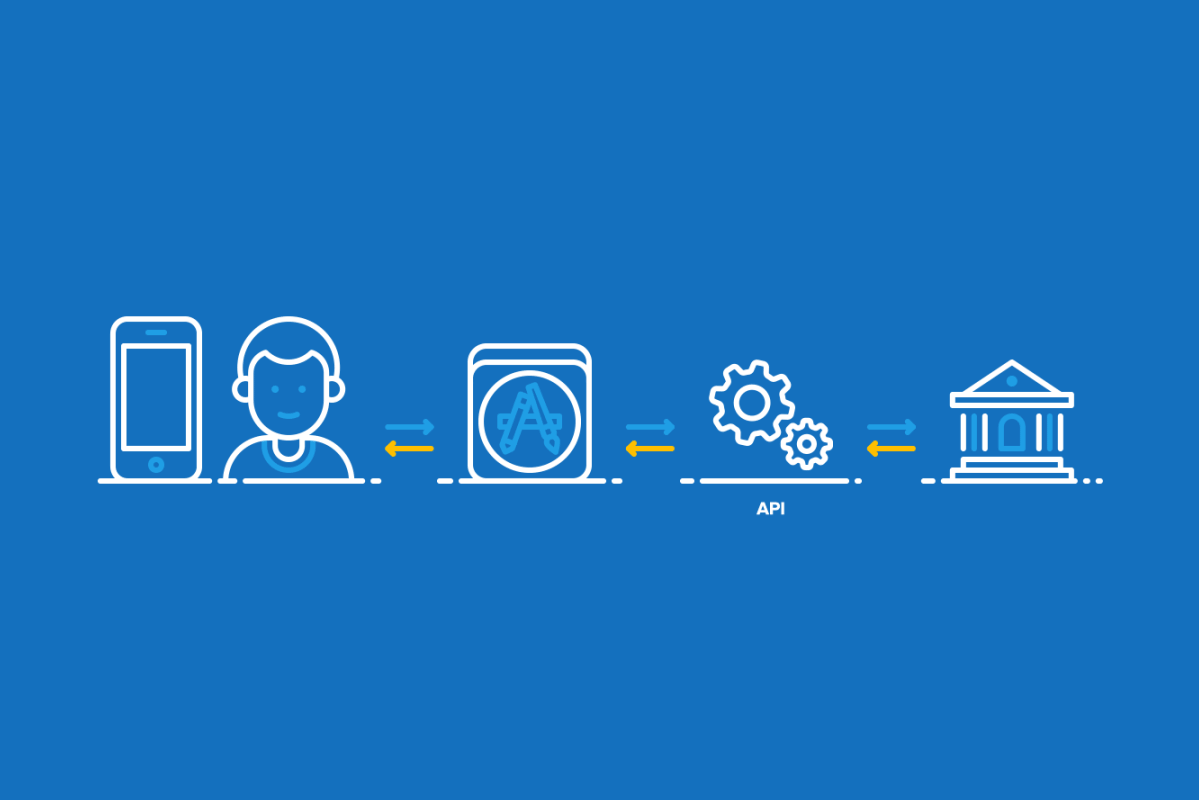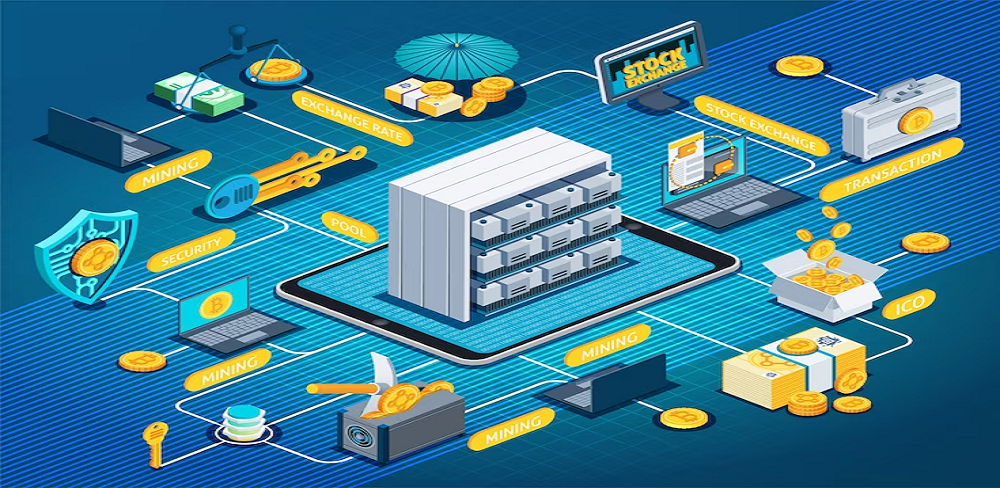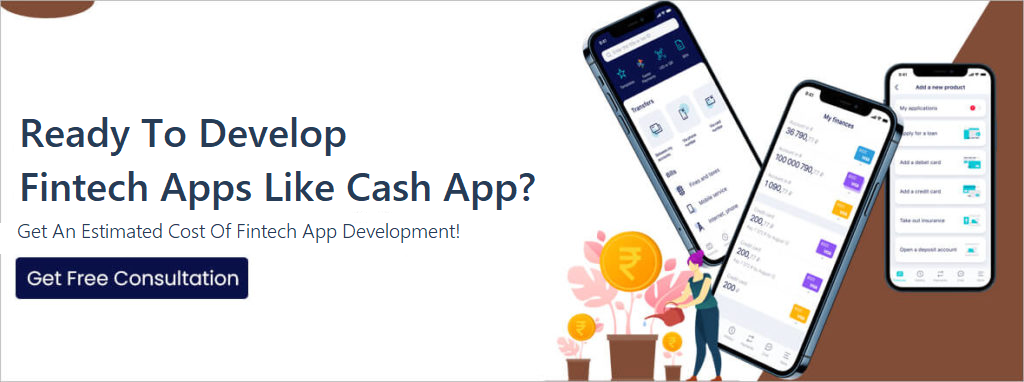This digital banking architecture allows financial institutions to offer a wide range of services, including account management, transaction processing, and digital payments. The benefits of digital transformation have been a great benefit to banks, such as a better user experience and more efficient operations.
A bank that is committed to sustainable growth and digital transformation will behave like a Neobank. Neobanks are disruptor banks that focus on delivering the exact needs of their target customers. Every aspect of a neobank’s IT architecture is customer-centric.
The banking IT architecture was always designed from a product perspective. This has led to a service-oriented approach. Digital banks must build their IT infrastructure with customers in mind to offer a better customer experience.
A bank must be innovative if it wants to stay relevant to its customers. This requires that a bank’s IT infrastructure, and architecture, must be able to support these strategic goals.
This blog will give you an overview of how to build a digital banking infrastructure and highlight key considerations when building digital banking software.
What is Digital Banking?

Digital banking refers to the digitization at all levels of a bank. From the front end to the back end. Artificial intelligence (including machine learning and deep learning) is extensively used by digital institutions to automate back-end tasks. Data processing and administrative duties are two instances.
These tasks can be automated and digitized to relieve the pressure on employees who are already busy with their daily tasks. They will be more productive and efficient. It is crucial to establish an enterprise architecture, or a digital twin when making the switch from bank banking to digital banking. This can provide benefits to decision-makers such as improved alignment and support for planning and managing risk.
Some Well-Known Facts About Digital Banking
- The number of US digital bank users is expected to rise year-on-year between 2021-2025. From a mere 197 million in March 2021, the country’s digital banking users in 2025 will be nearly 217 million.
- This chart shows how many Americans have used digital banking in the years 2018-2022. In 2018, digital banking was used by 61 percent of Americans. This number is expected to rise to 65.3 percent by 2022.
- As of January 2022, 77.3 percent of Brazilians used digital banking. This makes Brazil the Latin American nation with the highest digital banking penetration.
- The projected growth in online banking penetration rates for Saudi Arabia between 2023 and 2028 was 16.7 percent.
- Over 60% of Europeans stated that they prefer digital banking services over traditional banking options in 2020. This was just half the 50 percent it was three years ago.
Types of Digital Banking Architecture
Below are the major types of digital banking platform architecture that you must check out:
1. Client-Server Architecture
The client-server design for digital finance is the most well-known and widely used. The server processes and stores customer data and handles transactions.
This architecture allows clients to communicate with a central server via a mobile browser or web application. They can access and manage their banking services. High degrees of protection and control are also provided.
2. Peer-to-Peer Architecture
Peer-to-peer (P2P)architecture is built on the decentralized model of distributed systems. Every member serves as both the passenger and the server. This allows for direct communication and transactions with other participants without the need for a central server. This architecture is used by several peers–to–peer payment apps. PayPal, Snapcash, and Venmo are just a few examples of peer-to-peer apps.
3. Distributed System Architecture
The best of both client-server architecture and P2P architecture is combined in distributed systems architecture. This architecture consists of multiple servers and clients distributed over different locations, and connected via a network.
This architecture is highly scalable, secure, and available, but it requires expertise and cutting-edge technology to implement and maintain.
There are benefits and drawbacks to each style of building. It’s critical to assess each one in light of your unique requirements and development objectives for finance software.
Layers in the IT Architecture of a Modern Digital Bank

1. Back-end: Running on the Core Banking System
Client data, the central banking system (CBS), and all back office-related operations are all included in the back end. The back end manages customer information, payment transactions, and loan issuance. The technological heart of a bank’s core banking system is its core banking system. Both digital and traditional banks often use mobile app development services providers, rather than maintaining their own core banking system.
A new generation of core bank system providers has emerged in recent years, better suited to digital banking. These providers are available to both fintech start-ups and incumbent banks. They offer greater flexibility, scalability, interconnectivity, and a lower cost.
Cloud-native core banking technology allows for automatic scaling, continuous development, software deployment, and the creation of new environments through code. It also provides a single view of customers, independent from data warehouses or core banking platforms. This enhances the client experience and offers information on the effectiveness of the company’s products. The digital bank technology architecture can be reused across all channels, creating “product factories” with standardized integration.
2. Middleware: Connecting the Front-end, Back-end, and Business Apps
Middleware is the software layer connecting the back end to the front end. The middleware is a system orchestrator. It connects all layers and reduces the need for the core banking system to be involved in every customer interaction. These middleware and operating systems, as well as associated business apps for card issuance, payments, and other services, are available from BPC and Backbase, two technology suppliers.
3. Front-end: Providing the Customer Experience
Customers engage with a visual overlay on the bank’s front end to get a sense of the experience. This may include third-party platforms like payment gateways, financial markets, and ATMs in addition to smartphone and Internet banking options. Digital banks have the option to develop their front end entirely in-house or in-source from BaaS and external software providers. White-label solutions are often available. In-sourcing is a decision that depends on the degree of customization, time, cost, and flexibility required.
4. API layer: Connecting Internal and External Apps
An alternative layer that enables you to link to third-party app developers in order to easily integrate your services is the API layer, also referred to as the integration layer. Third-party integration has been a key component of banking since the introduction of composable and open banking. This has resulted in large API layer investments. The API layer is often used as an isolation environment to test new services. Third parties often test the responsiveness of new services in the sandbox, before moving to full integration. For optimal capitalization of future partnerships, it is important to have the API available immediately and provide clear and concise documentation.
Technology Stack for Digital Banking

The architecture of a digital bank must meet the needs of modern digital banking customers while meeting security and privacy requirements.
How IT is organized to meet current and future requirements will determine the technology stack that supports digital banking. A technology stack is essential for banks to support their strategic goals, and to allow them to adapt to market changes such as mobile banking app architecture. This is the technology stack that will enable digital banking.
1. Java and Spring Framework
Java and Spring Framework are used extensively in banking applications. Servlets and JSPs are examples of server-side components that can be created using the general-purpose computer language Java. The Java IDE provides a broad range of functionality. Hire dedicated developers who use it frequently to produce Java apps. Spring Framework allows you to build modular Java and XML solutions, which can be run on-premise or in the cloud.
2. Spring JDBC and Hibernate
Hibernate, a Java open-source persistence digital platform that allows data to be stored in a relational database, is available as a Java open-source.
Spring JDBC allows you to send and receive data from your database. Many banks use a hybrid approach to their applications architecture, which includes both cloud-based and on-premises offerings.
3. Zimbra
Zimbra is an open-source email, calendaring, and collaboration suite. It offers secure email and fax management, contact management, file sharing, and collaboration capabilities for all departments and organizations. The suite is written in Java, and it uses a REST API for interaction with its components.
4. MongoDB
MongoDB, a document-oriented database, is popular for online transactions and analytical processing. MongoDB can be used with JSON, and the JSON specification allows for easy use of any programming language.
5. JPA
Java Persistent Objects (JAPO) is a Java API that allows persistence. JPA is a Java API that allows you to use an object model in Java for persistent data representation.
JPA is the best way to modify and access data in many situations, including web development. This API is used successfully in many applications. JPA is used in Java EE, Spring Framework, and Spring Boot.
How to Design the IT Architecture for a Digital Bank
Digital Banking Architecture platforms should adhere to security best practices and follow regulatory guidelines. To build a fintech app, IT architecture must be flexible, scalable, and secure. Digital banking faces major challenges, including increasing regulatory compliance, adapting to changing customer needs, and creating an edge over your competition.
1. Security
Banks must comply with security regulations. It is vital that banks have a secure IT environment. This will allow them to protect customer information, meet regulatory requirements, and protect sensitive customer data.
It is important that banks ensure that cloud providers are compliant with cyber-security practices and controls. By distributing workloads across multiple data centers, the cloud can help banks improve security.
The digital banking platform must comply with GDPR and UDAAP regulations. A company may use one or more levels of security controls depending on its risk profile, business needs, and other factors.
Security can include encryption in transit and at rest, digital identity management, privacy management, user authentication, authorization, website security, and application security, as well as security monitoring capabilities.
Banks should have a secure online banking platform that protects consumer data. The bank’s digital bank platform should also be aware of any compliance guidelines or standards to which it is subject.
2. Standards Compliance
Compliance is the ability of an organization to adhere to regulations required by its operating environment. This includes laws and internal policies.
The technology standards should be adhered to by digital banking’s IT architecture, particularly in customer-facing applications. Many banks must use the PCI DSS to support their core systems.
3. Agility
The capacity to react swiftly and successfully to alterations is known as agility. Agility is required when a system must be able to handle new data types or workloads.
Traditional banking systems can have problems with this because they require manual labor that is time-consuming.
4. Flexibility
Flexibility is the ability to adapt to changes in the environment. Banks need flexibility because they must be able to adapt to changing regulations and customer needs quickly.
5. Scalability
Scalability refers to the system’s ability to handle increasing numbers of transactions while processing them at a slower rate.
Banking applications should be able to handle both increasing and decreasing workloads. Banking applications should be able to handle peak workloads, such as when there are more transactions in peak months, and can reduce capacity during low periods.
6. Risk Management
Risk management is the process of managing risk related to a particular set of activities. Banks must create and implement risk management processes. These processes will help banks respond quickly to potential risks, such as software vulnerabilities or unexpected increases in workload.
7. Maintainability
Maintainability is the ability to modify a system to meet future requirements. Digital banking platforms should be capable of rapid deployment of new capabilities and applications.
8. Usability
The usability of a system is the ease with which it can be used or how effectively users can use it. The ease with which users can access, use, and understand a system is called usability.
9. Reliability
Reliability is the ability to rely on a system to perform its intended functions without interruption. Reliability is key to successful IT architectures for digital banking.
Modern digital banks can be built in a similar way to traditional ones. Each bank has the option to adopt a different technology stack. Some banks may choose to have their IT infrastructure developed in-house, while others will outsource it.
IT infrastructure should be designed to seamlessly switch between layers in a digital bank’s IT infrastructure. This allows users and employees to seamlessly interact with the IT infrastructure.
When designing an IT architecture for a bank, it is vital to think about the business objectives. This will ensure that the bank achieves the desired outcome through its smart investments.
The bank must also consider whether the proposals are worthy and appropriate for the target audience. It is important to assess the bank’s operations, history, strategies, and capabilities.
The bank architecture is the foundation for future technology and data architecture. So, you must hire a dedicated team of developers who will use the latest technologies in designing the architecture of digital banking. The technology architecture will support practical and physical applications, as well as data components and the vision for bank architecture.
These core principles are the foundation of IT architecture.
- Scalability of infrastructure – This ensures that bank operations can adapt to changes in market dynamics.
- Flexibility is the key to the solution’s ability to integrate with other platforms or evolving technologies. This allows for new business ideas to be supported with minimal interruptions and changes.
- Resilience and robustness of the system – Provide brief, but precise IT governance to address different technological and cybersecurity threats.
If these principles are implemented, a bank can develop a future-proof tech stack. This technology can also adapt to external and internal change and interruption.
Modern digital innovations such as artificial intelligence (AI), natural speech processing, and data analytics can be adopted by banks as part of their IT strategy. These innovations will improve customer experience and reduce operational costs.
Examples and Case Studies
For those who are interested in creating a fintech app or software, case studies and examples of digital bank architecture can be valuable sources of inspiration.
1. BBVA (Banco Bilbao Vizcaya Argentaria)
BBVA (Banco Bilbao Vizcaya Argentaria) is a well-known banking application architecture. This multinational Spanish bank is a multinational. BBVA implemented a distributed system architecture that allows them to offer a wide variety of digital banking services through a highly scalable, secure infrastructure.
BBVA also integrates third-party platforms and systems such as accounting and payment processors to offer customers a seamless and complete banking experience.
2. Monzo
Monzo, a UK-based online bank, is another example. Monzo uses a microservices core banking system architecture which allows them to add new features and services quickly and easily to their platform.
Monzo offers customers a flexible and scalable digital banking experience by breaking down the system into smaller, individually deployable services.
Fintech Mobile App Development | Cost, Features, And Benefits
3. PayPal
The third and final example is PayPal, a leading global digital payment platform. It implemented a client/server architecture to ensure that the platform is highly secure and reliable, and to provide seamless digital payments as well as financial services to all its users.
PayPal also integrates third-party platforms and systems, including e-commerce platforms and mobile devices to provide a seamless digital banking experience.
These case studies offer a glimpse at how different companies approach digital banking architecture, and how they have used it to provide innovative and convenient financial services for customers.
These examples are great for anyone who is interested in building fintech software or wants to learn more about real-world examples and best practices.
Wrapping Up
Banks deal with routine, easy-to-digitize operations. These tasks can be automated to save time and improve service delivery. Digital banks offer a better customer experience.
Digital banking platforms should be flexible and resilient. It is crucial to think about the uses of digital banking platforms as well as the applications that will be run on them.
Digital banking architecture must be built with compliance and security in mind. Your bank should be able to adapt and change quickly while remaining secure.
The IT expert team must be able to quickly manage the platform and create new applications. A fintech software development company can help you navigate digital banking architecture. They will also create a secure and robust fintech solution that suits your business needs and goals.
FAQ
1. How Much Does Fintech Software Development Cost?
The fintech software development cost depends on various factors. For example, complexity, functionalities, tech stack, etc. the cost of software development will be around $12000-$25,000.
2. What are the Latest Trends in Digital Banking Architecture Design?
A few of the most prominent trends in digital banking architecture are the use of artificial intelligence and machine learning to improve customer experience, streamline operations, and integrate Blockchain technology for secure, transparent transactions. Additionally, open banking APIs allow for collaboration and innovation within financial services.
3. How can Financial Institutions Protect their Digital Banking Architectures?
Financial institutions must implement strong security protocols and measures to ensure their digital banking infrastructure is secure. These include multi-factor authentication, encryption, regular security audits, and encryption. To ensure their employees are up-to-date on cybersecurity threats and best practices, they should provide education and training.
4. What are the Challenges in Implementing Digital Banking Architectures?
Implementing digital banking architecture presents many challenges. These include the integration of legacy systems with newer technologies, managing cybersecurity risks, and making sure that users have a seamless experience across all devices and platforms.































